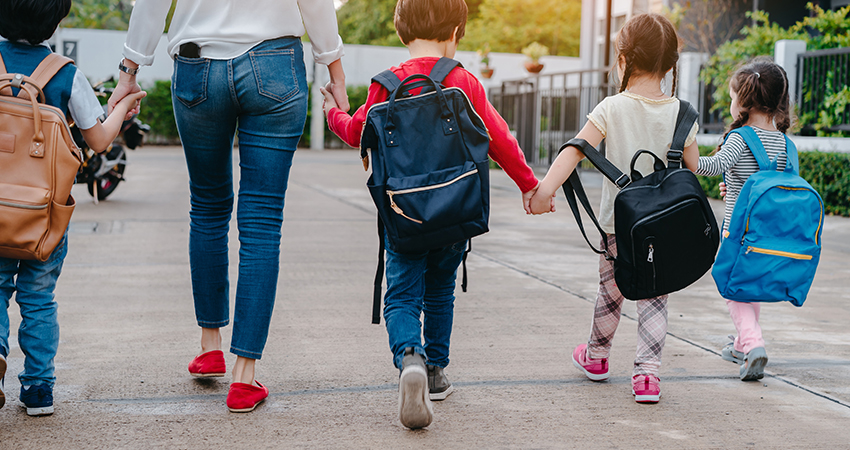Children might be at the beaches and just beginning summer camp, but back-to-school pundits are busy, with Deloitte predicting total spend of $27.8 billion, up slightly from $27.6 billion last year, for an average of $519 per U.S. household.
Fifty-six percent of consumers said they will make back-to-school purchases in stores, according to Deloitte, consistent with prior years, with 29% said they will do so online, up from 23% last year. The remaining 15% of respondents were undecided about their main purchase channel.
Use of personal computers for back-to-school shopping is expected to be down, cited by 42% of respondents, compared to 49% last year, Deloitte said. Sixty percent of respondents plan to use their smartphones to visit a retailer’s website, with 54% of them planning to obtain price information, and 51% looking for discounts and promotions.
“For the first time, people are telling us they’re just as likely to use a smartphone to make purchases as a laptop or desktop, which previously held the lead when it was time to click the ‘buy’ button,” said Rod Sides, vice chairman of Deloitte LLP and its U.S. retail, wholesale and distribution leader. “Additionally, we continue to see just over half of purchases occurring in stores, with undecided shoppers gravitating online. Retailers who understand this will position a range of in-store and digital offerings to meet the consumers where they are.”
Spending on electronics are expected to hit $800 million, a 29% increase over 2018, according to Deloitte, at an average spend of $305.
Pricing remains a top consideration for back-to-school shoppers. Deciding factors include sales and discounts (69%) and competitive prices (57%).
“Price, product and convenience are the foundation of back-to-school shopping,” said Sides. “Nearly all shoppers are in the market for school supplies, which tends to be most price-driven, and clothing, where children have the greatest influence among all categories in the survey. While big-ticket items have the lowest overall demand, they command the highest average spend.”
Mass merchant stores remain dominant, with nearly 90% of respondents planning to visit them for back-to-school shopping. Online-only retailers have replaced dollar stores as the number-two destination.
Clothing and accessories will account for 54% of back-to-school spending, according to Deloitte, followed by school supplies (22%), electronic gadgets (13%) and computers and hardware (11%).
Sixty percent of respondents said intend to start their back-to-school shopping one month to six weeks before classes begin, with late July and early August being the busiest periods, accounting for $17.3 billion in spending. Procrastinators starting two weeks before school starts are expected to be heavier spenders, at an average of $889, $370 more than the overall seasonal average.

